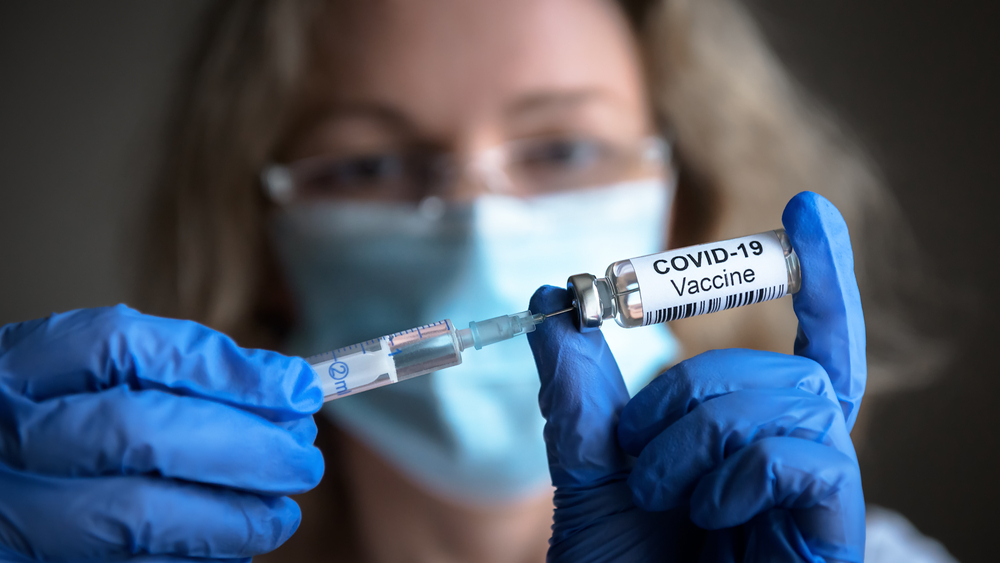COVID-19 vaccines prevented almost 18,000 deaths among people over 50 in NSW as the Omicron strain hit, a study has found.
And experts say this may be a conservative estimate after scientists used computer simulations to track death rates.
A Royal Melbourne Institute of Technology and Monash University joint research team looked at Australia’s vaccination campaign to get an insight into what would have happened had NSW’s rollout been different.
The team used computer simulations to find how vaccinations and boosters impacted COVID-19 death rates in the state between August 2021 and July 2022, as the Omicron strain emerged.
They found the vaccination campaign was successful in reducing mortality, with the average weekly death rate among the unvaccinated at 19.8 per 100,000, compared with 1.8 per 100,000 for those who had received three or more COVID-19 jabs.
Researchers calculated 17,760 deaths had been prevented in NSW but experts believe it may be a “conservative first approximation” based on the available data.
“This evaluation suggests that if there had been no vaccination rollout approximately 21,250 deaths would have occurred in NSW, which is some six times higher than the total that was observed over the study period,” Deakin University’s Professor Hassan Vally said.
The study said people who remained unvaccinated had a 7.7 times greater mortality rate than people who were fully vaccinated and 11.2 times higher than those who had received a booster.
University of South Australia chair of biostatistics Adrian Esterman said the study shows the importance of vaccination in preventing COVID-19-related deaths.
“One mistake that vaccine sceptics keep bringing up is the majority of COVID-related deaths are in those who have been vaccinated – therefore vaccines do not work, or even cause death,” he said.
“The authors rightly point out that a fairer comparison is to look at the death rate in those unvaccinated compared to those vaccinated, which immediately shows how important the vaccination had been in preventing COVID-19 associated deaths.”
The study said the rapid pace of the Australian rollout meant vaccination was at high levels by the time Omicron arrived, despite beginning “relatively late” in February 2021.
“Yet a few months later at the end of 2021, Australia had achieved one of the highest vaccination rates in the world, with more than 85 per cent of its eligible population fully vaccinated with at least two doses,” the report said.
The study found if everyone had been vaccinated by July 2021, a further 440 deaths would have been avoided.
“Whilst it can’t be ignored that there were missteps and there are things that could have been done better, it was a significant achievement that in Australia we were able to achieve one of the highest vaccination coverages globally,” Prof Vally said.
The research team analysed data from state and federal health departments, concentrating on NSW, saying despite “extensive efforts” access to full official Australian government datasets was not possible.
Mater Health Services director of infectious diseases Professor Paul Griffin described the findings of the study as significant but said there were limitations.
“It would be great to see a similar study from across the country as the experience with COVID-19 was not the same in all states,” he said.
“However there is not a single source of data that makes a larger study easy to do and NSW is the largest state.”
The study has been published in the journal PLOS ONE.
Keira Jenkins
(Australian Associated Press)





